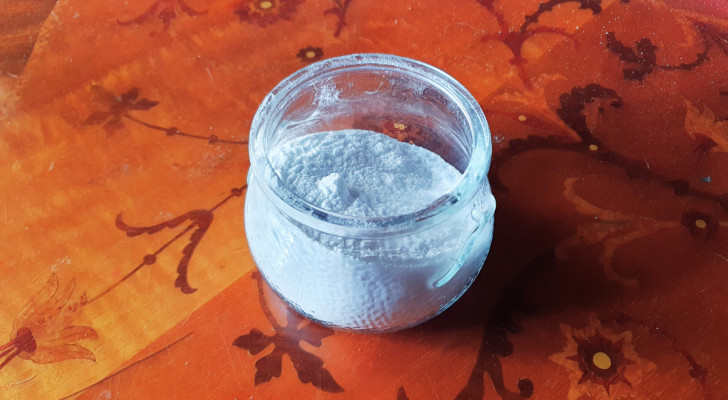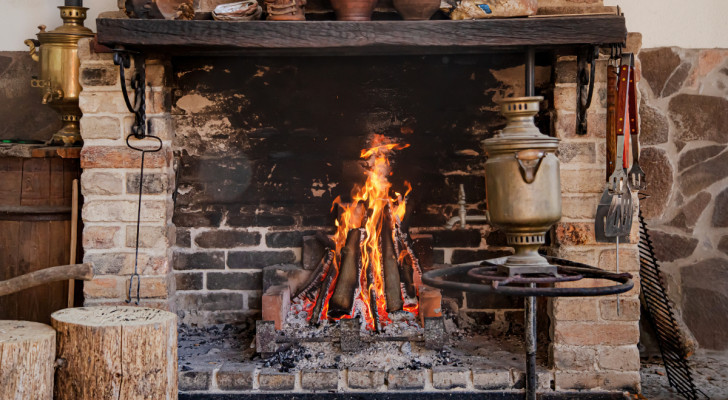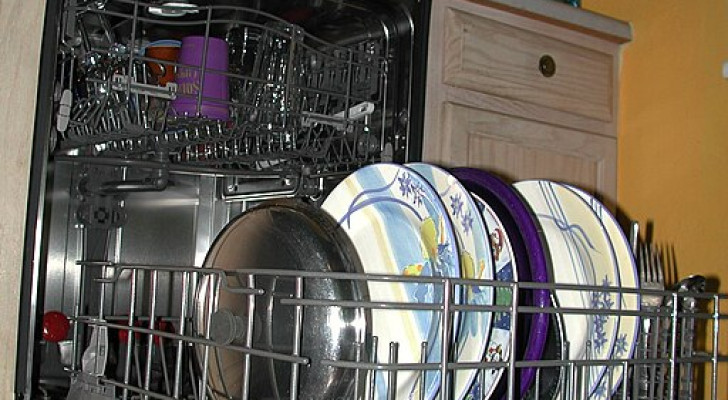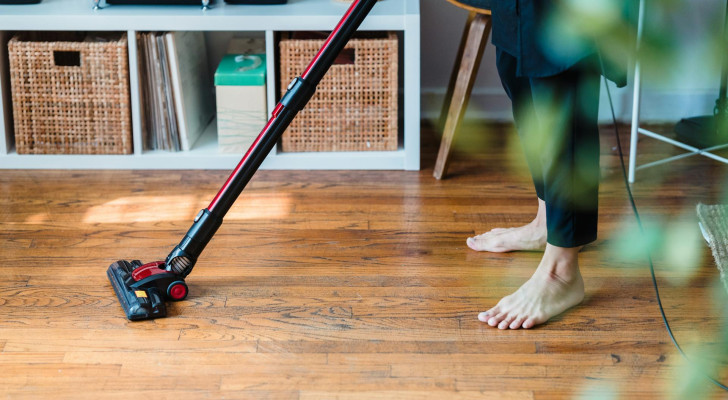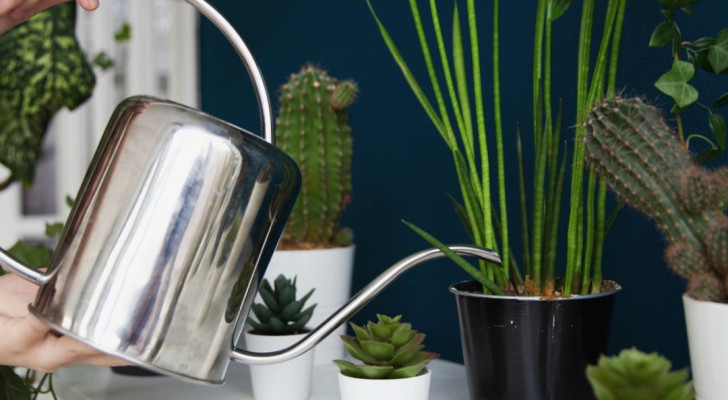Sodium carbonate is an eco-friendly product used for household cleaning chores: here's how to use it in the home and in the garden
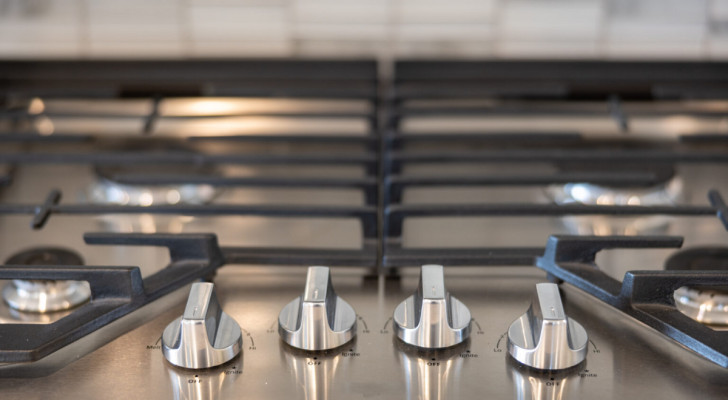
Bango Architecture & Design/Negative Space
Commonly called "laundry soda" or just "soda", sodium carbonate (not to be confused with the more popular sodium bicarbonate/baking soda), can come in handy for a lot of household chores. Sodium carbonate is a salt identified with the chemical symbol Na₂CO₃ and is an odorless, white powder which is soluble in water.
Sodium carbonate's properties make it an excellent ally for cleaning chores in the home - in fact, this salt can be used as a:
- Degreaser: removes oily or greasy substances from multiple surfaces.
- Anti-limescale agent: very useful to remove limescale and other forms of stubborn dirt.
- Anti-fungal: used to inhibit the growth of fungi and mold.
- Deodorizer: absorbs unpleasant odors.
Let's look at some of these cleaning functions in more detail:
In the kitchen
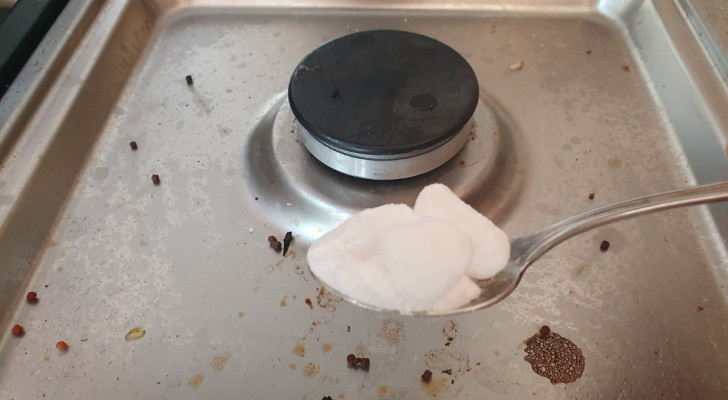
Creativo
Sodium carbonate is very effective when used to remove stains and stubborn grime. Here's how to proceed:
- Gas stoves and hobs: 20 grams dissolved in a liter of hot water should be enough to remove the dirt on a gas stove (increase the amount used proportionally, if necessary). Spray this mixture on the stovetop and leave to act for 5-10 minutes; then scrub and remove the dirt, rinsing and drying off properly once done. In the meantime, immerse the stove grates (and the stove burners, if necessary) in the same mixture, leaving them to soak for 15-20 minutes before scrubbing away any "softened-up" dirt.
- Convection ovens: the same mixture will also work well on a convection oven (which should be turned off and at room temperature). For more stubborn grime, take a damp sponge, sprinkle a teaspoon of sodium carbonate onto it, and use this directly on the area to be cleaned.
- Cutting boards: in addition to regular cleaning, you can clean and sanitize cutting boards thoroughly by soaking them in a basin with warm water and two or three tablespoons of sodium carbonate. Allow the board to soak for 20-30 minutes in this mixtue, then rinse off.
- To remove burnt food on the bottom of a pot or pan: fill the pot/pan with hot water until it covers the burnt residue, then pour in two and a half tablespoons of sodium carbonate and a teaspoon of dishwashing liquid. Simmer for 10 minutes and then let the mixture cool down completely. Scrub way the dirt (that has now softened up and should now lift off effortlessly!
In the laundry

Creativo
The cleansing power of sodium carbonate makes it particularly effective in removing fatty, oily stains. This is why this salt is also known by its common name: "laundry soda". Given this, it's no surprize that sodium carbonate is used to launder clothes, carpets and upholstery.
The best way to use sodium carbonate for the laundry is during the pre-wash phase (for very dirty clothes): fill a basin or sink with hot water, dissolve 3 or 4 tablespoons of sodium carbonate in this, mixing well. Soak the clothes in this mixture for a few hours, then rub the stains lightly, wring out and put the clothes on a regular wash.
Another way to use sodium carbonate is to add two or three teaspoons directly to the washing machine's drum before starting a wash: if you do this, reduce the amount of fabric softener and laundry detergent you use - the soda will more than make up for this reduction!
In the bathroom

Creativo
Since laundry soda is also useful to combat fungi and mold, it is an excellent substitute for baking soda or hydrogen peroxide when it comes to cleaning surfaces in the bathroom.
In particular, this soda can be used to wash and sanitize the shower cubicle, the bathtub and tile grouting.
- Spray a little water on the surface to be cleaned;
- Sprinkle the soda over the surface, using a spoon;
- Leave to act for a quarter of an hour;
- After waiting 15 minutes, scrub the surface with a damp sponge or cloth onto which you have sprayed with your usual cleaning detergent (be careful not to use one that contains bleach!);
- Rinse off and dry thoroughly.
To clean grouting, you can make a paste of sodium carbonate and water (just like you would with baking soda). Spread this paste over the grouting using a toothbrush and leave to act for 10-15 minutes. Once done, wipe off, rinse and dry.
Sodium carbonate can also be useful for cleaning taps: take a damp cloth, sprinkle a thin layer of sodium carbonate on it, and then use this to wipe down the metal (rinsing off and drying thoroughly afterwards).
In the garden
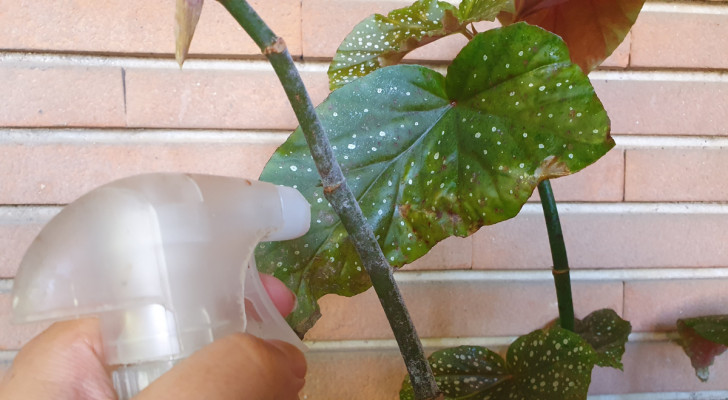
Creativo
For the care of plants, sodium carbonate can be used to:
- Fight fungal or bacterial diseases: dissolve 20 grams of sodium carbonate in 10 liters of water (or reduce the amount proportionally). Fill a spray bottle with this mixture and spray on any leaves and stems affected by a fungal disease (and without getting any on the flowers or fruit). Repeat this operation every 7-10 days, if necessary.
- Eliminate parasites: a higher concentration of the above mixture will be needed - 10 grams for each liter of water. To this mixture, add 1 tablespoon of Marseille soap or soft potassium soap (yellow soap). Again, spray this mixture on diseased leaves and stems (but not on any flowers or fruit). Repeat no more frequently than every 5 days, if necessary.
- Lower the acidity of the soil: sodium carbonate is highly alkaline and can be used to correct the acidity in soil. Best done by an expert, this operation involves adding 300 grams of sodium carbonate per square meter of ground to be treated. Immediately afterwards, the ground is watered abundantly. This operation should not be repeated more frequently than once every 2 or 3 months.
An important tip: whenever you handle sodium carbonate, don't forget to use gloves.
